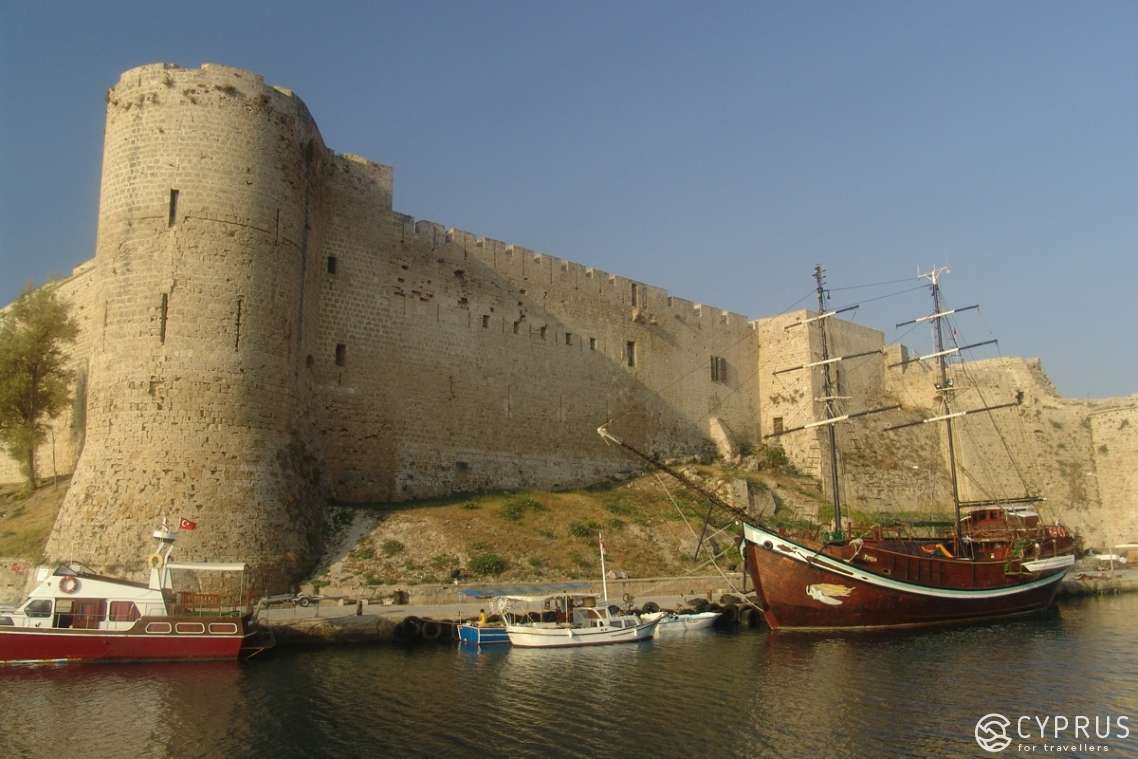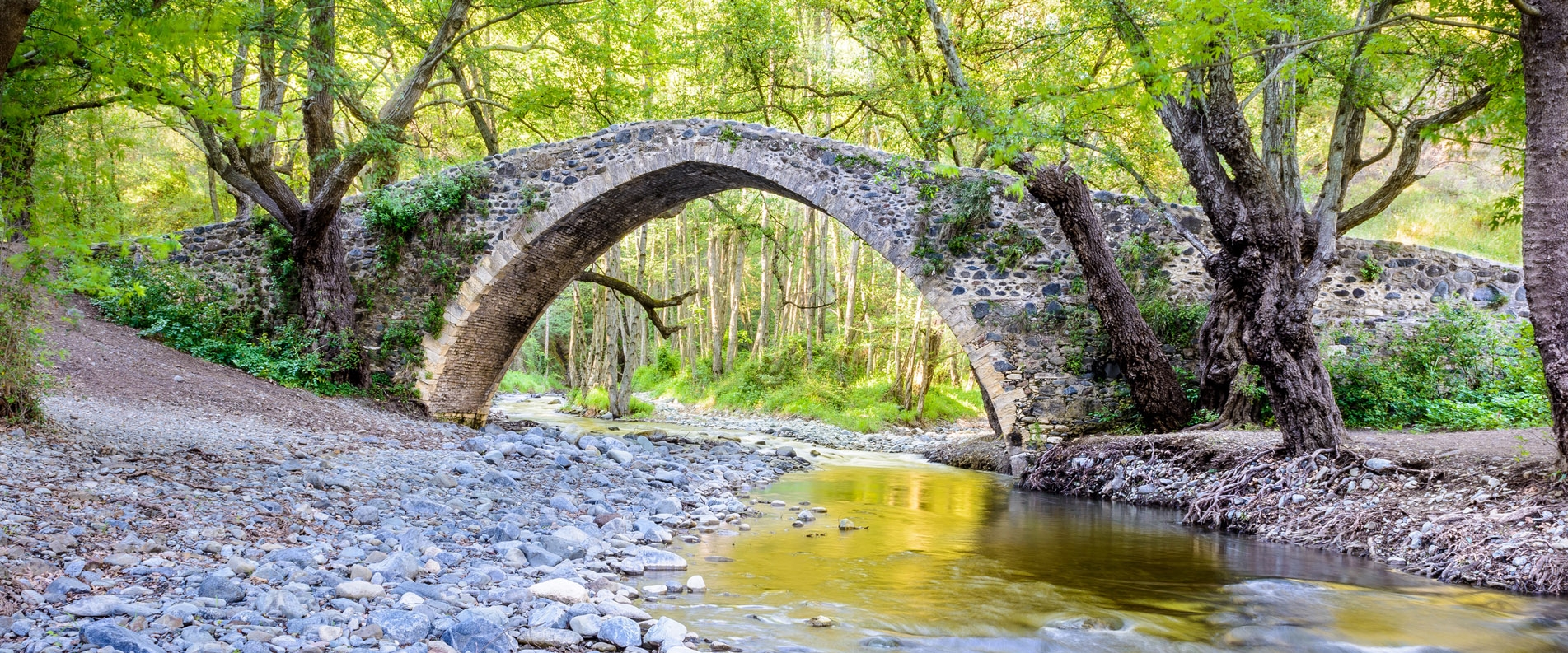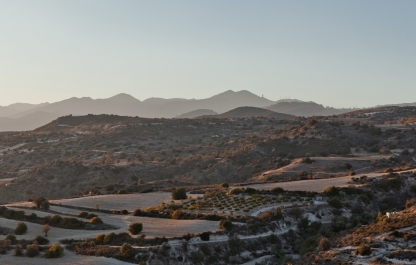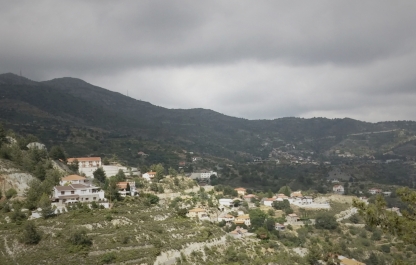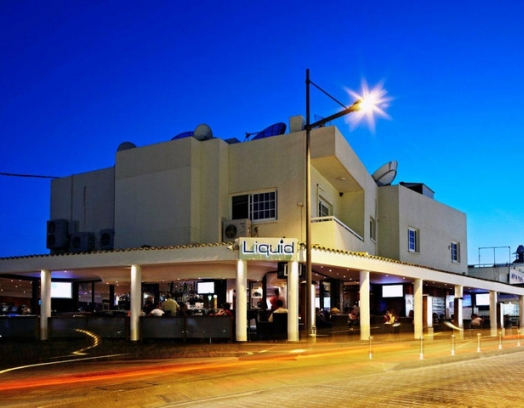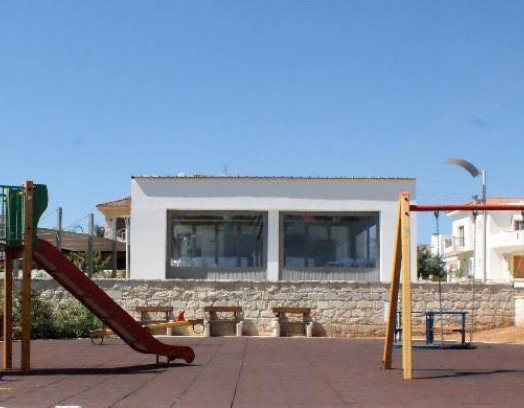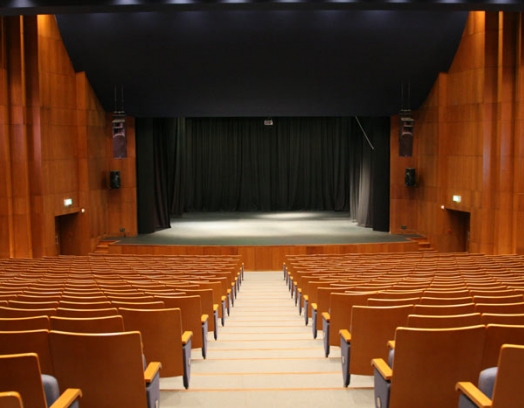The Republic of Venice governed the island of Cyprus for almost 100 years (from 1489 until 1571). During this period a lot of notable castles, fortresses and bridges were built in Famagusta, Nicosia, and Kyrenia. Householding and cultural traditions were also affected by Venetians: and it is both easy and exciting to find some of these connections in modern Cyprus.
Historical note
According to many sources, the beginning of the Venetian period of Cyprus history fell upon the year 1489. But the count can as well be taken from 1474, and here is why. James II of Cyprus of the house of Lusignan, the king of Cyprus, and the spouse of Catherine Cornaro (who was born in Venice) died in 1473. After the death of their infant son James in the following year, Catherine became the only Crown princess left, and she chose members of the Venetian Senate to be her assistants.
In 1489 Catherine officially sold the administration of the island to the Republic of Venice.
De facto, Venetian merchants developed a strong connection with the island much earlier, in the 12th century, and their position had strengthened considerably during the following hundred years.
Since the very beginning of the Venetian rule in Cyprus, there was a huge threat of Ottoman invasion, which pushed islanders to build more and more fortifications and reinforce existing Lusignan castles. The capital was moved to Nicosia.
Venetians used a feudal system, which divided the people of Cyprus into three groups: the barons, who were free to enjoy all their social and political rights, prosperous citizens, and peasants, who were busy working on the land and doing their day-labour. The last group was, without any doubt, the largest.
Corruption and high taxes, which were introduced to provide the government with money for the military purposes, quickly turned Cypriots against the Venetian ruling class. Another reason for the confrontation was religious — 85% of Greeks remained Orthodox, while Venetians were trying to spread the word of Catholicism. Revolts took place in 1562 and 1565.
The Ottoman Empire kept cumulating its military power throughout all the period of Venetian rule in Cyprus. In 1570 Ottomans conquered Nicosia, and in August of 1571 Famagusta was defeated.
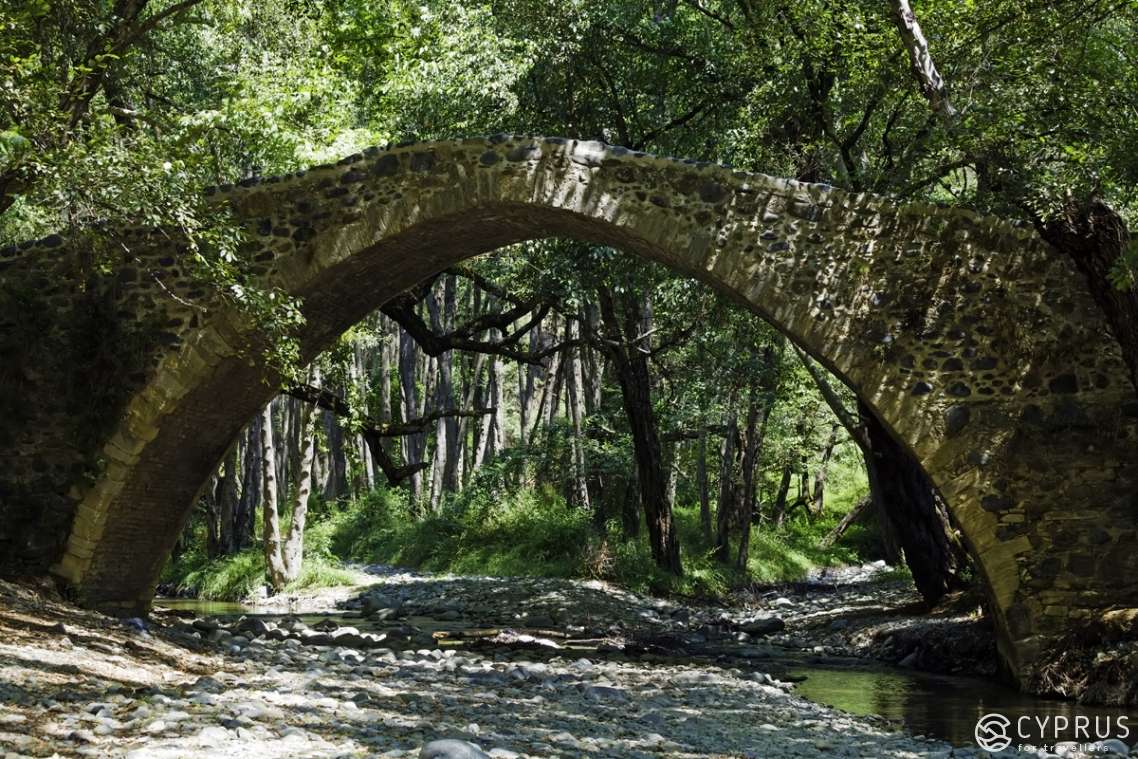
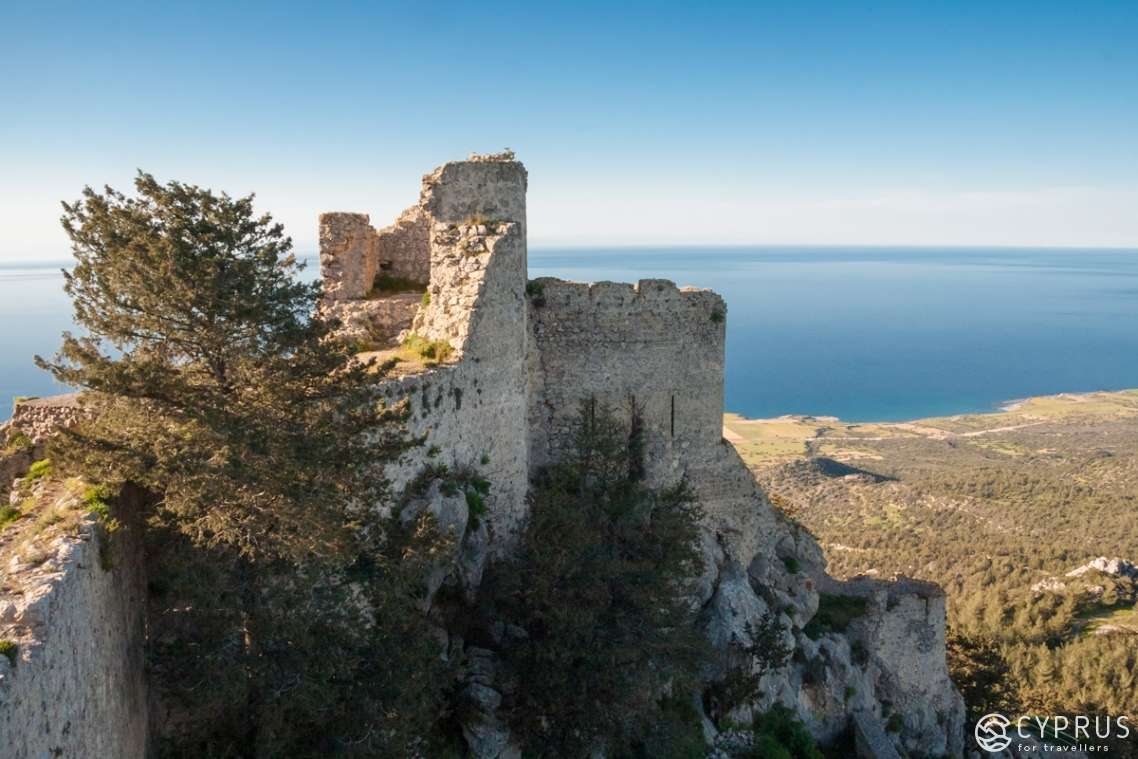
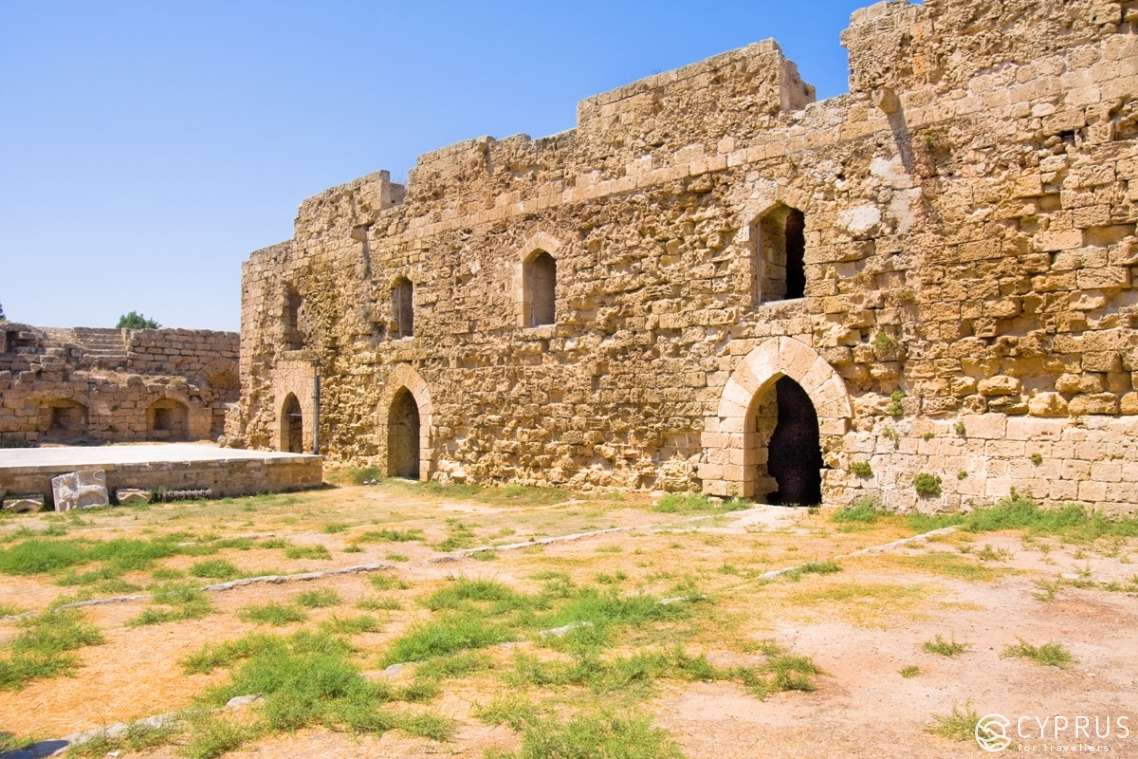
Venetian Bridges in Cyprus
Famous bridges were built in the hills of Troodos along with many new roads that were used for trade transportation — in particular, to get copper and ironstone down from the mountains.
Today these bridges are known among locals and tourists as Venetian bridges. There are around 10 of them left on the island, the most popular include the Eleia Bridge, the Roudia Bridge, the Tzielefos Bridge, and the Skarfos Bridge.
One can walk to the Eleia Bridge from Omodos village. Take the road to Agios Nikolaos, and pay attention to road signs. One of them points to the Eleia and Tzielefos bridges.
The Eleia Bridge, a monument of the Medieval architecture, was built above the Fini river: be sure to watch its wildwater from the height of 5.5 meters — the highest point of the arched stone bridge.
The Tzielefos Bridge is conveniently located in several kilometres from the Eleia Bridge. It is 30 meters long, 6 meters high, and 3.2 meters wide. The bridge is a very popular tourist attraction, so you will always find newweddies, bicyclists, and jeep safari riders here. Keep an eye on small crabs in the river, and consider visiting the Arminou reservoir located nearby.
There is a nice hiking trail along the river bank: it provides a lot of shade on the hot days, and sophisticated nature lovers will most certainly be interested in 130 types of plants and rocks that they can find here.
To get to the Roudia Bridge, one has to cross the same-name river (ideally, drive an offroadster), and take an unsurfaced road to the Pera Vasa picnic area. Then take a right turn at the nearest intersection, and drive to Milikouri for about 16 kilometres. The road sign to Panagia will take you to the bridge. The road is not easy, but the view of (and from) the bridge is rewarding: 28 meters long massive moss-covered bridge stands high in the middle of the woods.
The Skarfos Bridge is located next to Sima village. It was built above the Stavros tis Psokas river (dry nowadays) in 1618: the year is indicated above the gibbose stone cross, that was discovered under the bridge’s arch by the Cyprus Antiquities Authority. The bridge ruins were almost completely restored, and today tourists can see the original asbestine stones with square veneer.
Venetian Walls of Nicosia
The Venetian Walls were erected in Nicosia in 1567 by Italian military engineers Giulio Savorgnano and Franscesco Barbaro to protect the city from the inevitable Ottoman invasion. Walls are up to 12 meters high, and 5 kilometres long. The original stone veneer was meant to stand under the cannon fire.
11 bastions were called after the prosperous Italian families that donated money to built the Walls (Loredano, Barbara, Qurini, Mula, Rocass, and others). As for today, 5 bastions are located in the Turkish part of the divided capital, 5 more — in the Greek sector, and another one is controlled by the United Nations. The three gates were used to enter the Medieval city: the Paphos gate, the Famagusta gate, and the Kyrenia gate. Today the Famagusta gate is used as the cultural centre which holds festivals and city events.
Some of the Bastions are now parks or museums. For example, the Musalla (Barbaro) Bastion houses the National Struggle Museum, the Podocatro Bastion is where the Monument of Freedom and an ancient flume are hidden, and the Cevizli (Loradano) Bastion ditch is a wonderful location for one of the city parks.
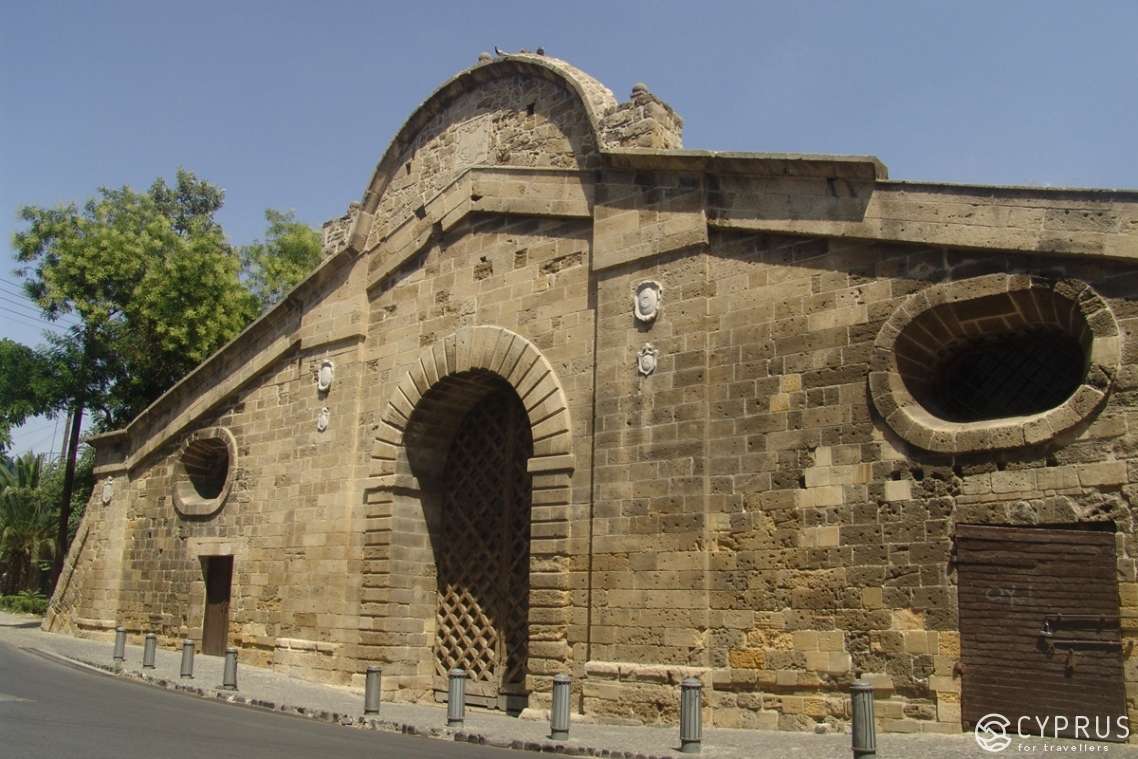
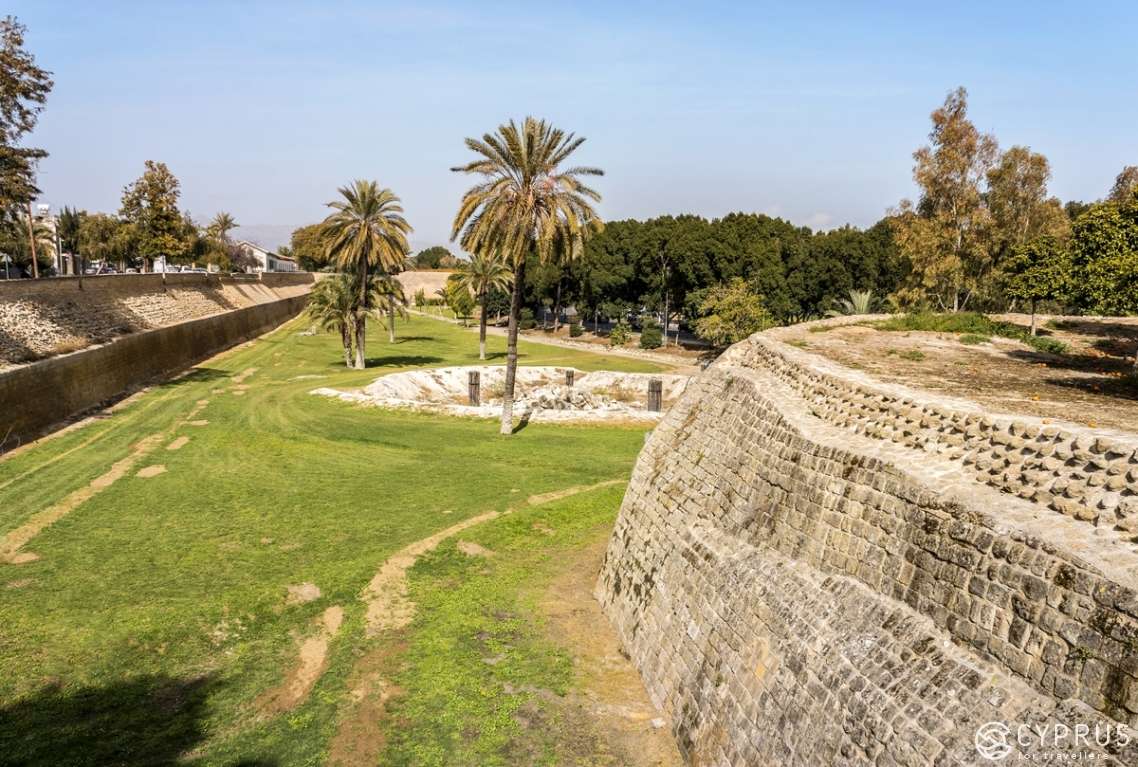
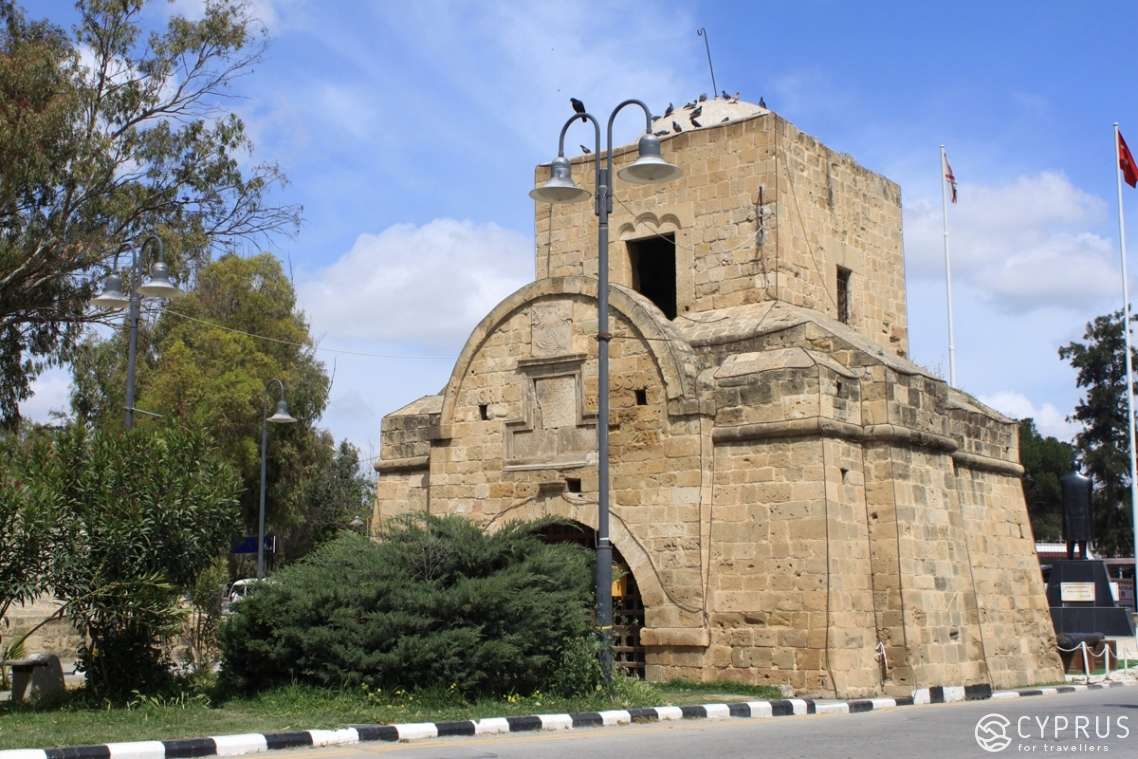
Venetian fortifications in Cyprus
Othello Castle is located in Famagusta, which is currently the part of Cyprus occupied by Turkey.
The first tower of the castle was built by the Lusignans in the beginning of the 13th century. The fortress had an important strategic location not far from the main merchant harbour on the island.
The fortress was finished by 1310 and significantly reinforced and rebuilt in 1492, under the Venetian rule. The appearance of the castle has also changed dramatically: for instance, a renaissance flag stone depicting the Lion of Saint Mark, the patron saint of Venice, appeared above the main entrance.
Four towers were connected by inner corridors, used by soldiers to transfer more efficiently during an operation.
Nowadays the castle is a historical museum (admission fee is charged); old Spanish and Turkish bronze cannons and balls are exhibited in the yard.
The name of the castle is a reference to the famous tragedy by Shakespeare, who, as the legend has it, was inspired by the story of Cristoforo Moro, a Venetian governor, who lived in Famagusta in 1505 – 1508.
Kyrenia Castle was renovated by Venetians in the 16th century. It is located at the east end of the old harbour in Kyrenia (the territory of the part of Cyprus occupied by Turkey).
First fortifications were built here at the times of the Ancient Rome, and the old parts of undestroyed walls date back to the 7th century and the Byzantine epoch in Cyprus.
The Lusignans expanded the castle: they added corner towers, the grand entrance, the chapel, and even the royal residency. In 1540 towers were reinforced, and walls were adapted for cannons. Nevertheless, the fortress had to surrender under the Ottoman siege in 1570.
Turks used the fortress as a military base; British made it a police station, and in 1970 the Kyrenian department of antiques moved into it.
Today the castle is a shipwreck museum which features the remains of the vessel that had sunken in the 4th century BC. Visitors can also explore the old chapel and view the collection of icons and archaeological finds.
